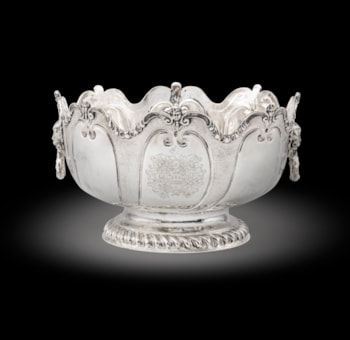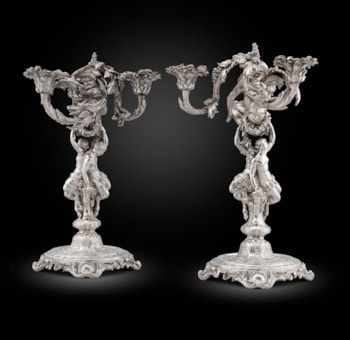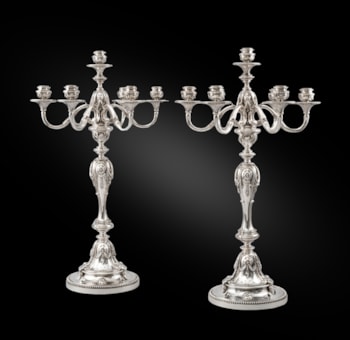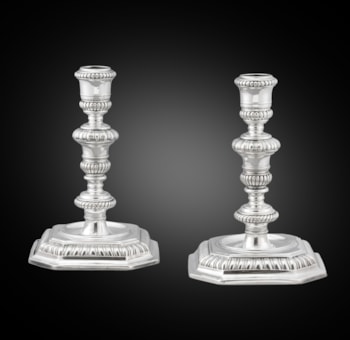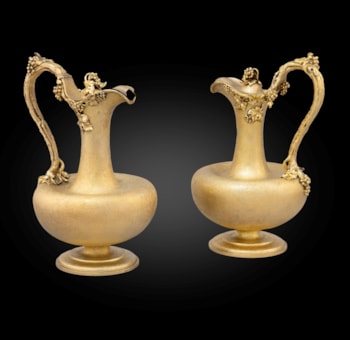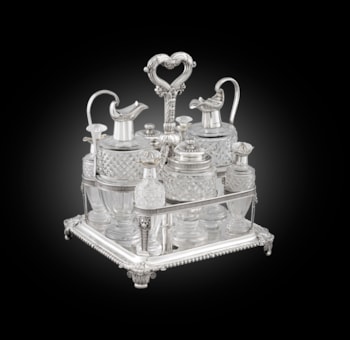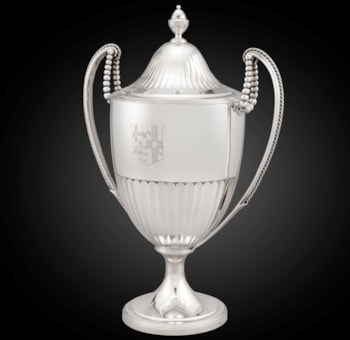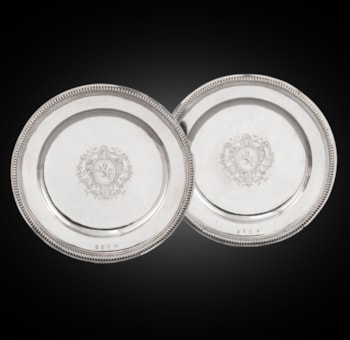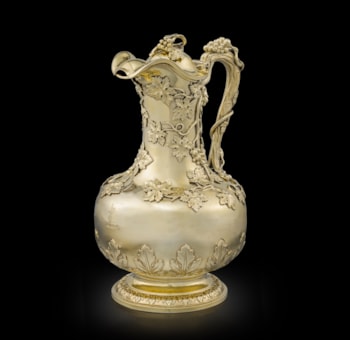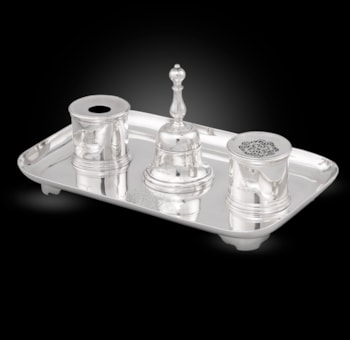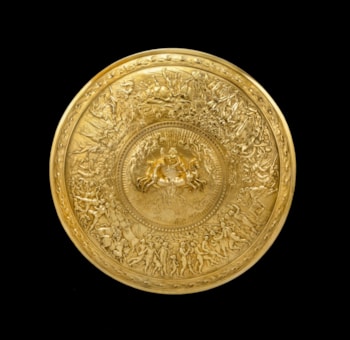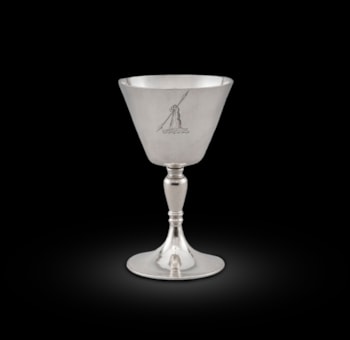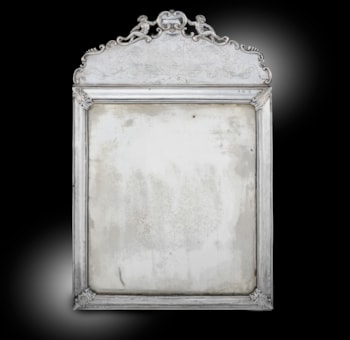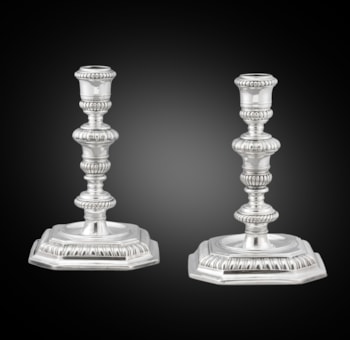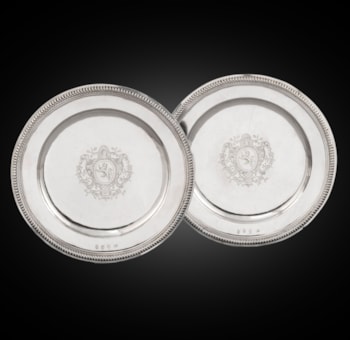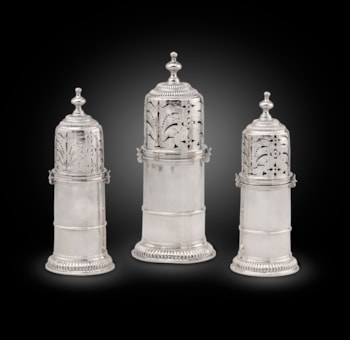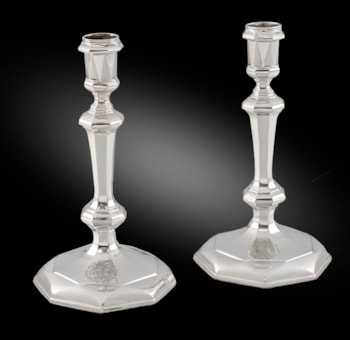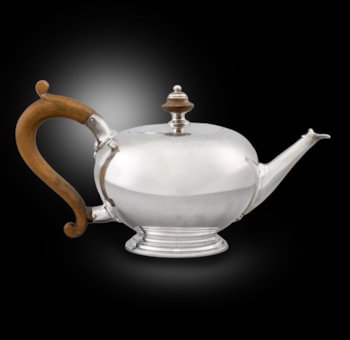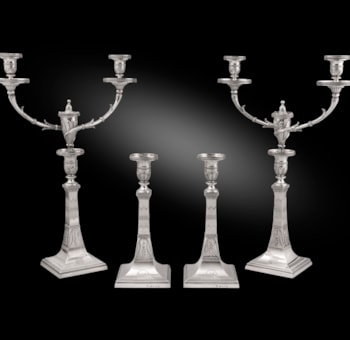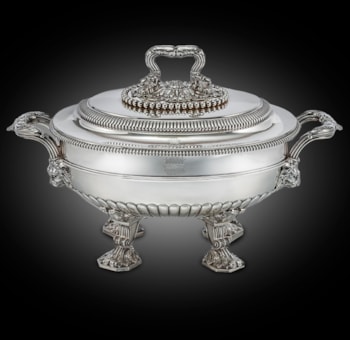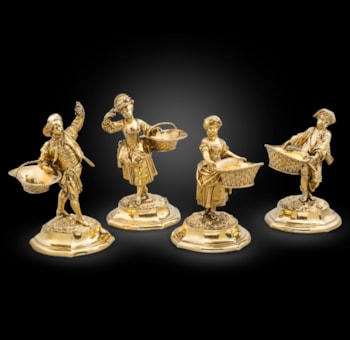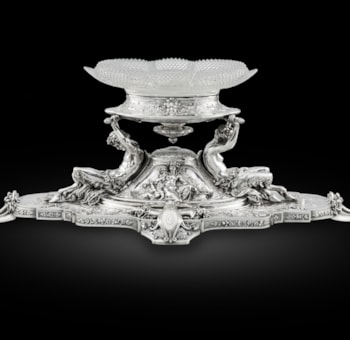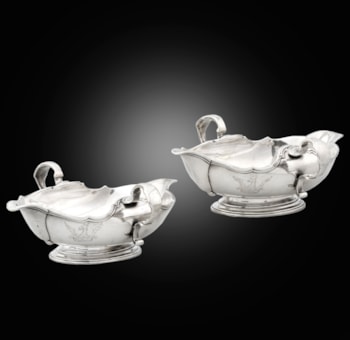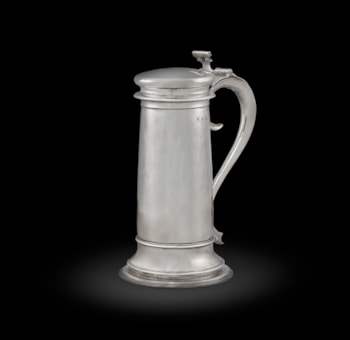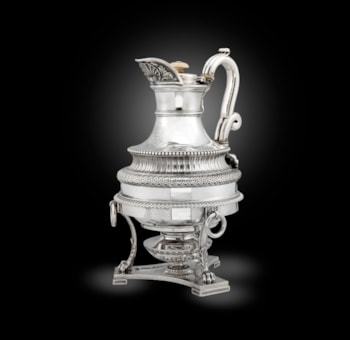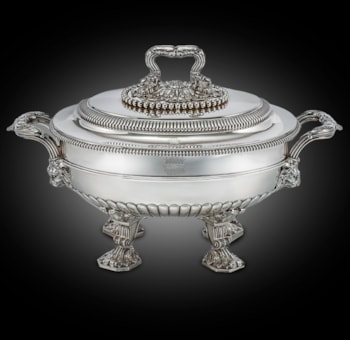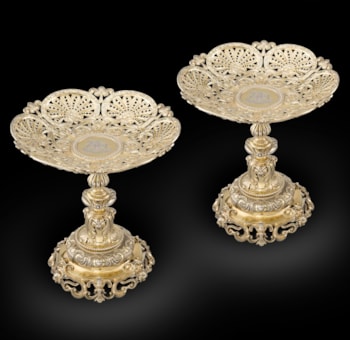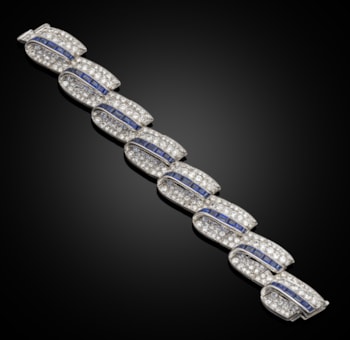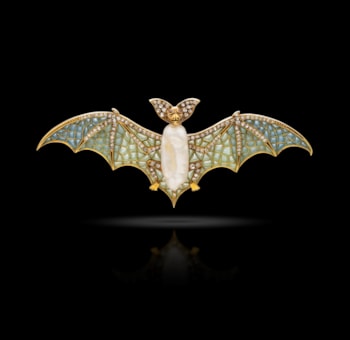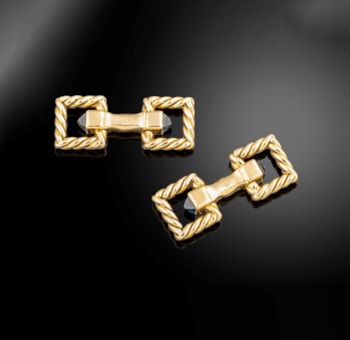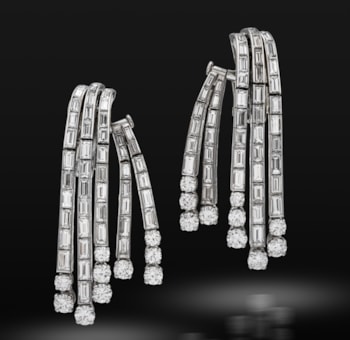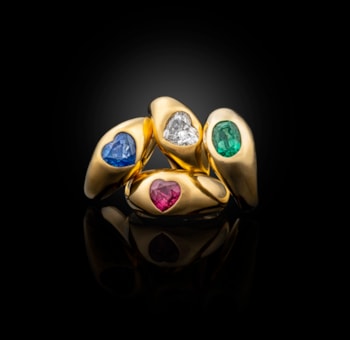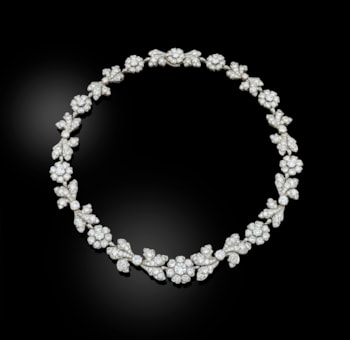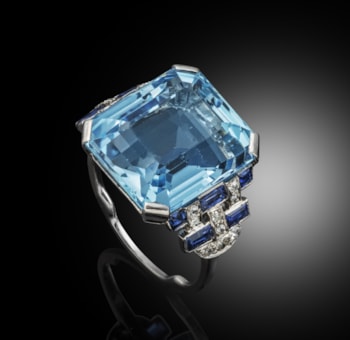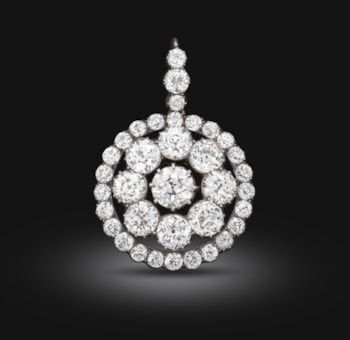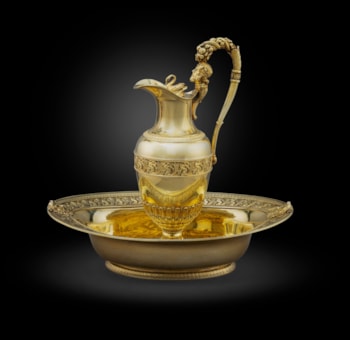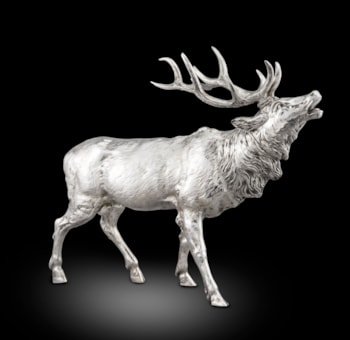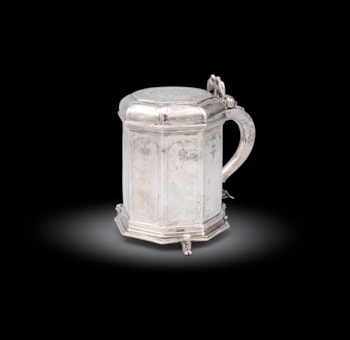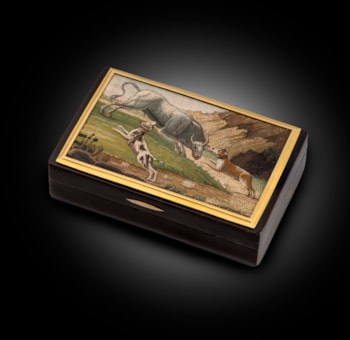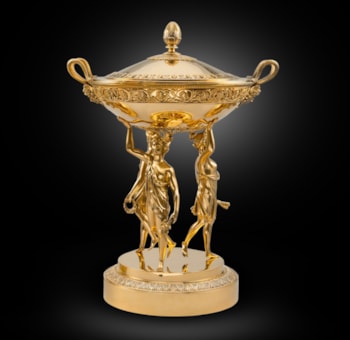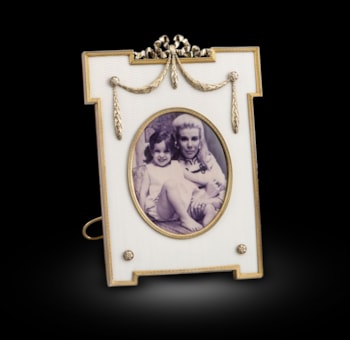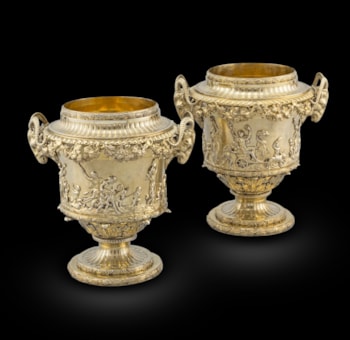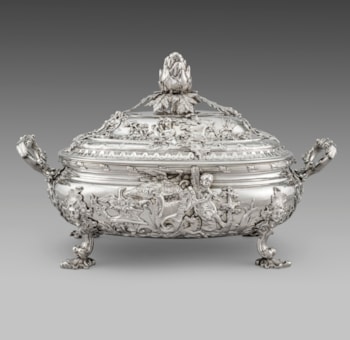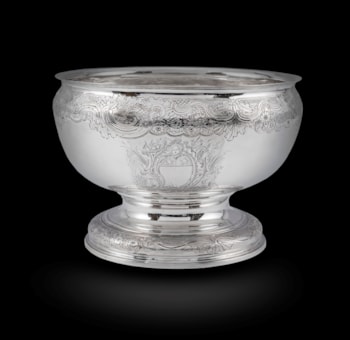 BACK TO LIST
BACK TO LIST
Director’s Choice – An Elizabethan Tankard
There is no doubting the expansion of both the population of London in the Elizabethan period and the leap in the economy largely due to the increase in trade overseas; encouraged by the infrastructure put in place to harness this growth. This new wealth, as well as the reformation of the church under Henry VIII, influenced the activities of the goldsmith in England, creating a huge demand for new plate and in particular silver for the communion. However, the silver tankard together with other drinking vessels had a special place in the 16th century with the diversity at this period was much broader in range than in later centuries to come. David Mitchell’s most recent book on the Wider Goldsmith’s Trade in Elizabethan & Stuart London certainly highlights this fact with an insight into the records at the goldsmiths’ Company Court Books, 1560 -1679, pg. 170. Communion cups, Magdalen cups, Beer bowls, Cans, Tankards, Tavern bowls, Monsieur bowls and Tavern cups are listed to name but a few.
The owners social and political status also had a large part to play in the production of the tankards too. Our tankard was most likely part of the household’s buffet. The buffet display of plate was an important feature of medieval and Renaissance banquets. Often made of oak or walnut, buffets usually stood at the side of a dining room, their shelves filled with tablewares. Gold and silver vessels were displayed to convey a sense of the owner's wealth. Normally these vessels were used for the service of food and drink, but on great state occasions they would be set out purely for display.
The ritual of dining and the fashion of the food that was served in the Elizabethan period would again have played a part in this treasure’s creation. Taking your tankard from the buffet to your place at the table would have caught the attention of others and made them focus on your silver tankard or in this case, the even more opulent gilded silver used to create this tankard makes it all the more special. The fact that this was originally one of a pair of Elizabethan tankards together with its pristine condition makes this glorious object my Director’s Choice for this week.
The owners social and political status also had a large part to play in the production of the tankards too. Our tankard was most likely part of the household’s buffet. The buffet display of plate was an important feature of medieval and Renaissance banquets. Often made of oak or walnut, buffets usually stood at the side of a dining room, their shelves filled with tablewares. Gold and silver vessels were displayed to convey a sense of the owner's wealth. Normally these vessels were used for the service of food and drink, but on great state occasions they would be set out purely for display.
The ritual of dining and the fashion of the food that was served in the Elizabethan period would again have played a part in this treasure’s creation. Taking your tankard from the buffet to your place at the table would have caught the attention of others and made them focus on your silver tankard or in this case, the even more opulent gilded silver used to create this tankard makes it all the more special. The fact that this was originally one of a pair of Elizabethan tankards together with its pristine condition makes this glorious object my Director’s Choice for this week.




